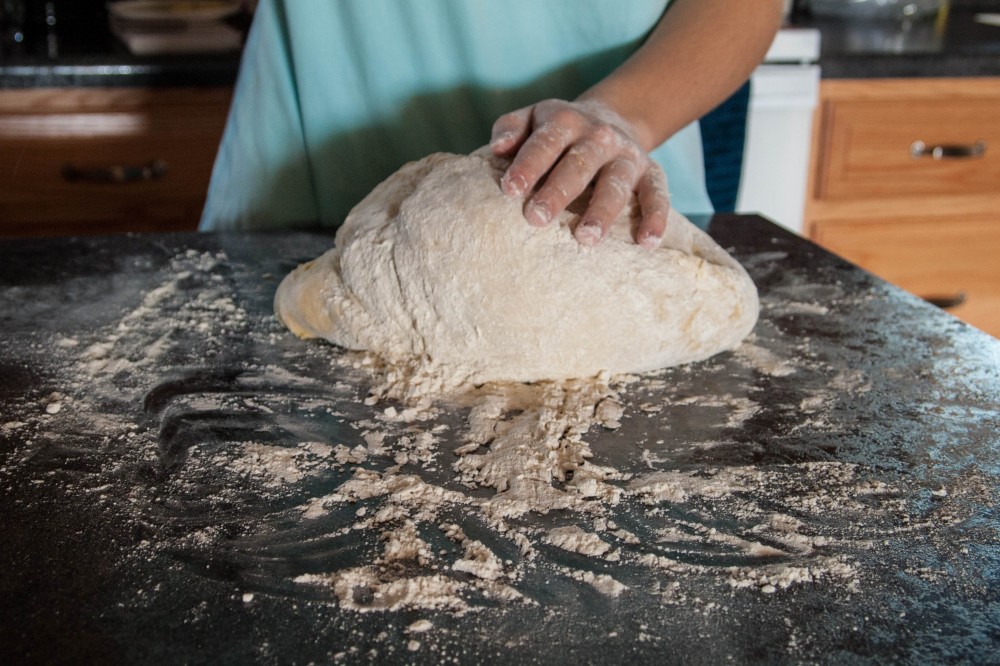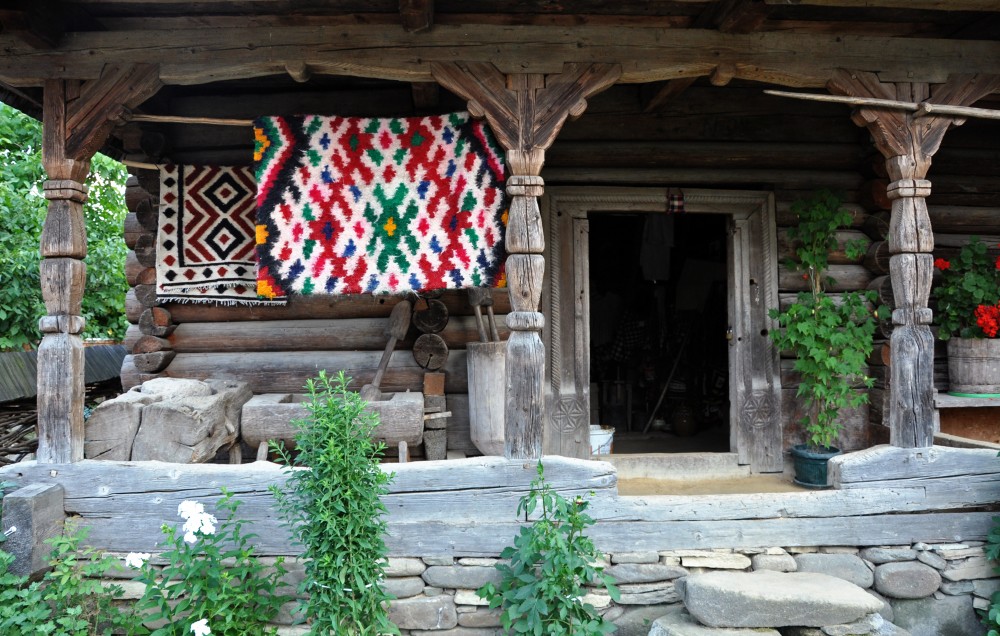Why can Romania be a model for sustainable tourism?
OthersThe global events of the last period make everyone think about the fragility of the economic system, particularly how fragile the travel industry can be. There is the possibility that tourism evolution will have a different trajectory and speed. Our opinion is that, in general, people will be oriented in the future towards increasingly sustainable economic models and development, which will withstand crises of any kind. Why can Romania be a model for sustainable tourism? We have tried to find several factors that we will discuss in this article: local eco food, eco-friendly houses, proper use of water resources, and the essential thing that nature is part of our lives.
1. Local eco food and how producers and associations have planned to promote sustainable food

Homemade bread
The paradox of Romanian agriculture is that the weak technological development over time now leaves a wide-open door to bio or eco-agriculture. It is a fact that Romania uses 70% fewer chemical fertilizers than Western countries. It eliminates the effort to "repair" the harmful effects of intensive agriculture from the outset and allows for the fast development of organic farming.
One issue is that many Romanian farmers have already done this type of farming, but they do not have an official certification. One initiative that aims to certify and promote local producers is Platferma. Here, you can find a map of the bio/eco farmers in Romania and a database with farmers, producers, and restaurants, along with their contacts. As they describe their project, it is a platform where farmers and gourmets meet.
Another project that caught our attention is Mall Taranesc. A place where producers from all over Romania are brought in one place, in a kind of virtual shopping center but with local and traditional products. Besides the eco-type local food, here you can find artisan products or even organic cosmetics. The details of the transaction and delivery are established with each manufacturer so that the buyers can have direct contact with them.
2. Eco-friendly houses

Traditional Romanian house
Times have brought several changes in terms of architecture, especially in urban agglomerations. Fortunately, in rural areas, traditional houses that sustainably provide shelter can still be found.
The main feature of Romanian houses is their functionality. Thus, the raw materials used generally come from the immediate vicinity of the locations. At the same time, the structure and position of the houses differ depending on the relief where they are located: plain, plateau, or mountain.
In the plain area, clay is the primary material used, while on hill areas and mountainous areas, stone or wood: especially wood, much of the territory being covered by forests.
In the southern part of the country, some typical houses built half under the ground, and so-called "bordeie" can be found. The reason for this type of construction is well-founded: keeping warm inside the house during the winter and cold during the summer. These types of dwellings usually are specific to the Balkan area.
In some areas, artistic movements have developed. For example, in Maramures, an area that abounds with forests, there is a real art of wood processing. Besides the houses, the churches also built out of wood have preserved a unique authenticity, so they were included in the UNESCO heritage.
3. Proper use of water resources
Sustainable use of water resources is one of the most debated environmental issues. The problem of the waste of plastic, as well as the pressure on the transportation infrastructure, is often discussed. Regulation in this regard comes from the European Union, which intends by 2021 to ban single-use plastic. Thus, by 2029, up to 90% of the plastic can be collected. This measure aims to encourage tap water consumption and discourage bottled water consumption, which generates significant amounts of plastic that pollutes. In our opinion, we can quickly adopt and adapt these measures as well. Moreover, we can borrow some of the local customs that are older than the plastic itself.
The use of reusable containers has become a widespread practice. It is also handy if you are travelling to Romania. Many places, especially in the mountain areas, have natural springs with drinking water or in the villages you can find lots of draw-wells by the locals. Many locals, even if they have running water, prefer to use the water from the draw well. And actually, it has enough benefits. The water is not chemically treated and is rich in minerals; it is a continuous source of drinking water; by consuming, you contribute to environmental protection, and last but not least, the cost is almost inexistent.
And if we talk about the proper use of water, the irrigation methods from the Romanian households are a sustainable model. Often rainwater is collected for irrigation, and this is done either in the morning or in the evening to avoid evaporation and water waste.
4. Nature is part of our lives

Zarnesti Bear Sanctuary
Over time, humans have developed civilizations on what nature has to offer. Sustainable tourism could be the starting point from which the travel industry develops in harmony with nature and local communities. Our role and responsibility are to maintain proper boundaries between the anthropic environment and wildlife.
Romania is one of the destinations with numerous examples that prove that nature has influenced people's lives. In the mountain area, still untouched by humans, there is a diverse fauna. The Carpathians have the largest population of brown bears in Europe, but they also have other protected species, such as chamois, lynxes, and European bison. Another area equally populated by thousands and thousands of species is the Danube Delta Biosphere Reserve. It is vital to appreciate wildlife without interfering with it in an invasive way. In recent times, cases have been publicized of bears entering cities or villages and attacking people. All these situations could be avoided by reducing contact with the animals. It is perfectly fine not to feed them because they will find their food in nature. For this reason, the locals from the mountain villages have adapted according to the natural space. They have taken measures such as avoiding some savage areas or protecting the animals in the yard in order not to be seen as potential food sources by the bears.
Another area in which the activity is carried out according to the laws of nature is beekeeping. Romania ranks 1st in Europe in terms of honey production. Apparently, it looks like a real industry but follows a sustainable principle. Generally, hives are placed in orchards. A beneficial interdependence, we can say: farmers need the best pollination for their fruit trees, while beekeepers need flowers to be pollinated by bees to produce honey. Moreover, this practice also conditions the use of chemical substances in the orchards in order not to harm the bees.
Taking into consideration the above factors that lead to the development of sustainable tourism, the responsibility of the local communities and the stakeholders involved in the travel industry, and not only, is to preserve the symbiosis of nature-culture in a durable way, and the responsibility of the travellers is to discover it in its natural and authentic frame.
